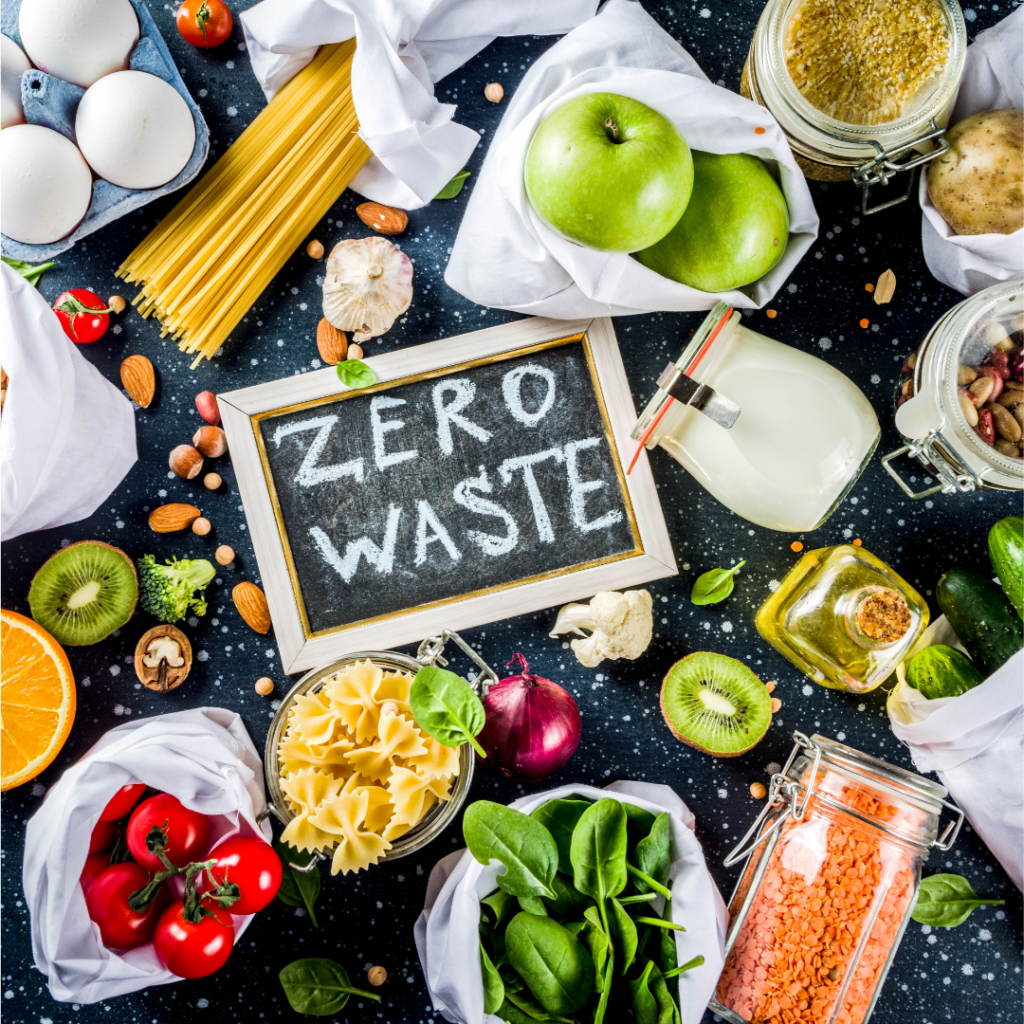
On national STOP FOOD WASTE DAY it got me thinking. It’s two days after EARTH DAY and in honor of that occasion, I wrote about the feel-good sensation of getting nourishment from food that grows in my own backyard. I won’t rehash the earlier post (but you can read it here).
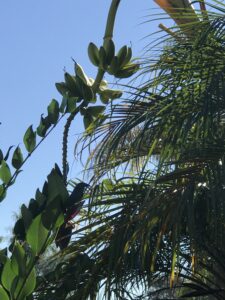
Plantains
In the post, I offer my take on feeding the body nourishing whole foods directly from your own, or a local, source—whether your backyard, community garden, or a nearby farm. Without a doubt, food grown hyper locally clarifies the human connection to plant life, and thus, humanity’s bond to the earth. I equate it to an up close and personal producer-to-consumer dynamic that kids learn about in 3rd grade science.
Food scraps and leftovers
So, considering today’s reminder NOT to waste food, I’m encouraged to examine FOOD SCRAPS and EVERYDAY LEFTOVERS. And then there are the FOOD REMNANTS. You know—those peels, skins, and rinds (PSRs,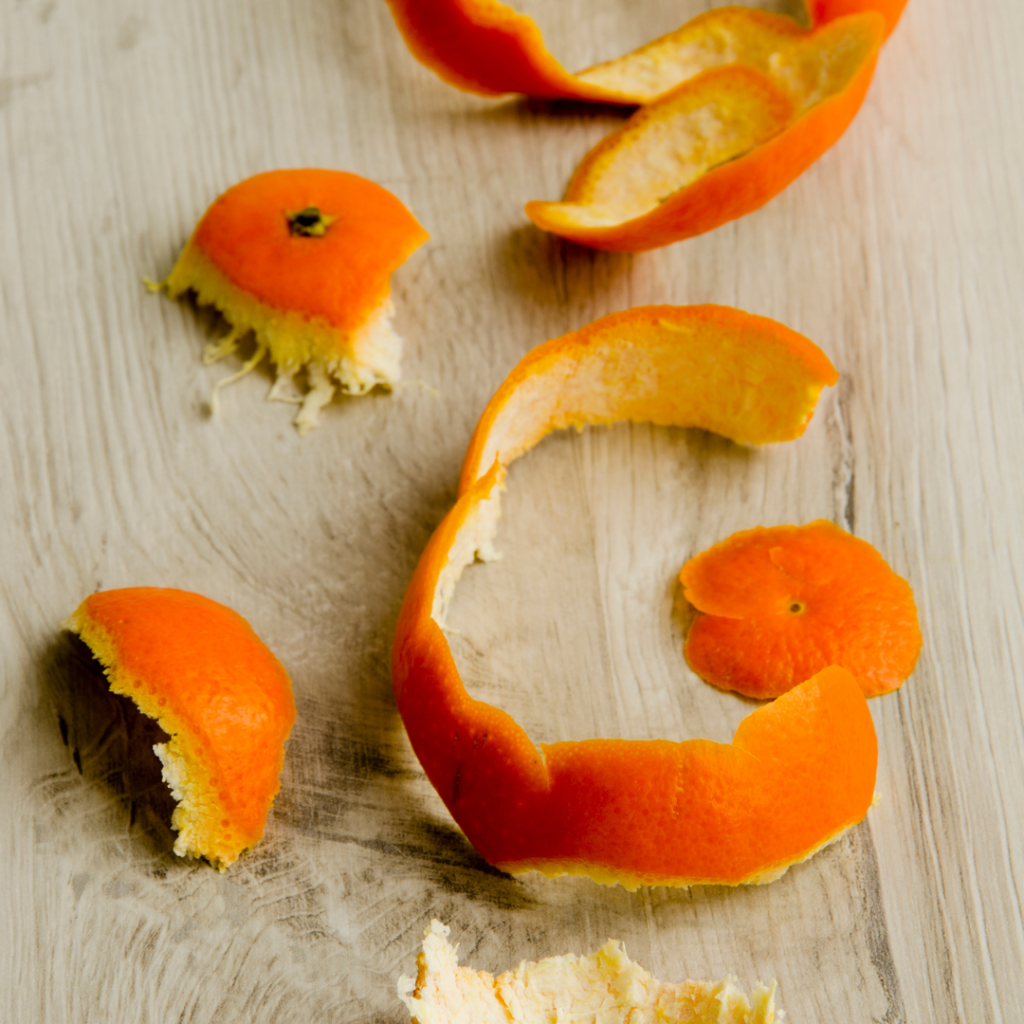 as I coin them) of fruits and vegetables that people routinely discard without a second thought. For instance, that plantain tree in my yard that fascinates me with its annual bounty, produces a glorious bunch of nutritious, edible fruit that my family and I only enjoy when peeled—peeling the outer skin and doing away with the thick, yellow cover.
as I coin them) of fruits and vegetables that people routinely discard without a second thought. For instance, that plantain tree in my yard that fascinates me with its annual bounty, produces a glorious bunch of nutritious, edible fruit that my family and I only enjoy when peeled—peeling the outer skin and doing away with the thick, yellow cover.
Benefits of utilizing the whole fruit
What if instead we decided to make the peel a healthy addition to our diet, as many cultures around the globe already do? When thoroughly washed, peeled, and carefully trimmed (to get rid of the brown, over-ripe portions), the plantain peel can be chopped and placed in a pan with water to make a plantain tea. Some say drinking the brew offers medicinal benefits like lowering blood pressure and treating diabetes.
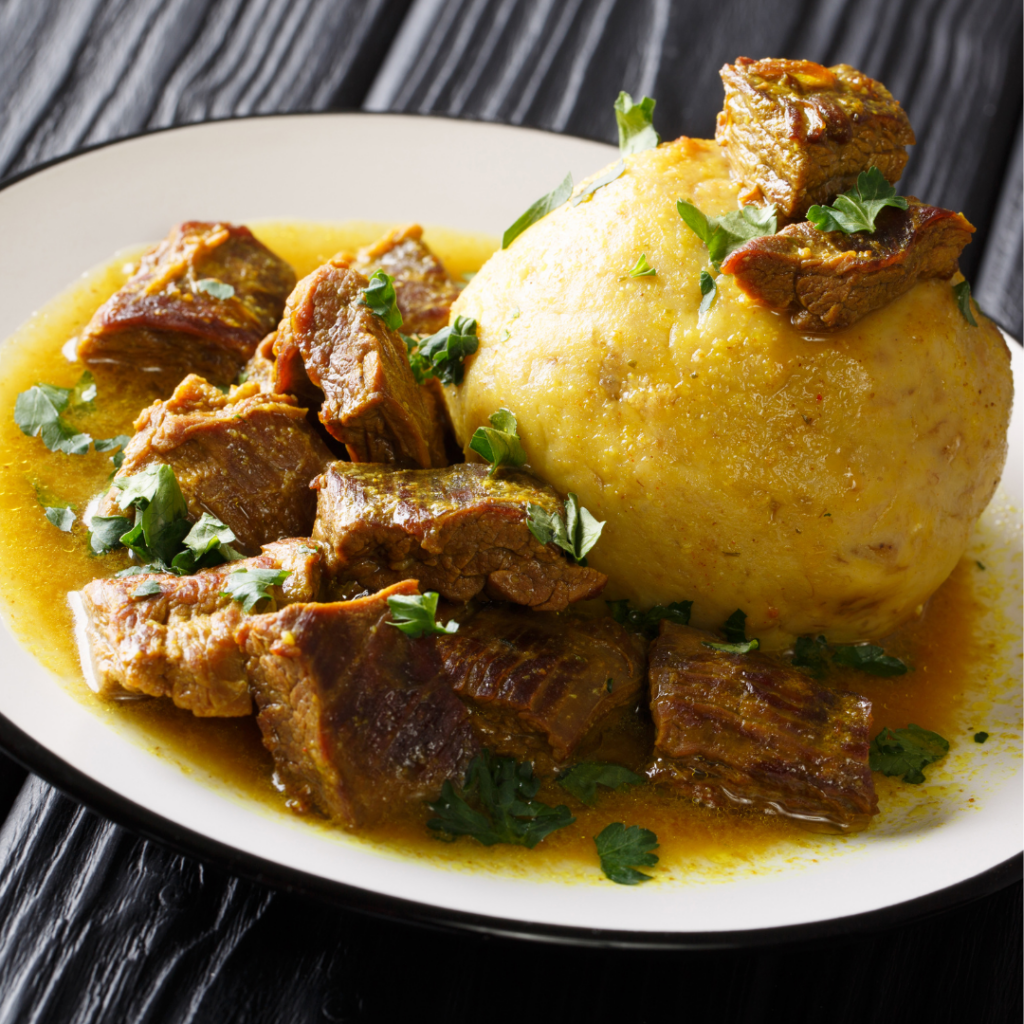
Or, what about making the whole plantain an integral part of a meal? Take, for instance, the traditional West African and Caribbean recipe for Fufu that uses the entire fruit (peel and flesh) of unripe plantains — Fufu is applauded for its nutritional value since it’s comprised of the whole fruit. These claims are backed up by NIH (and the National Library of Medicine) in its study, Plantain Peel—A Potential Source of Antioxidant Dietary Fiber For Developing Functional Cookies. There’s also the traditional Mofongo of Puerto Rico which is fried and usually mixed with pork.
But what if you’re not interested brewing a yellowish tea, making fufu, a Puerto Rican Mofongo, or even whipping up functional cookies that are said to taste good and do the body a solid? If you’re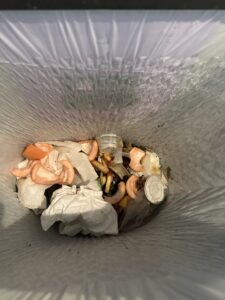 like me — and feel strongly about not tossing PSRs but don’t have time to explore new recipes — it may be time to consider (on this NO WASTE DAY) what to do with the actual food we decide not to eat. Many, like me, are realizing that the garbage can is NOT the way to go with food waste. When was the last time you examined the contents of a typical household trash can where separating foodstuffs is not a priority? It’s treacherous down there!
like me — and feel strongly about not tossing PSRs but don’t have time to explore new recipes — it may be time to consider (on this NO WASTE DAY) what to do with the actual food we decide not to eat. Many, like me, are realizing that the garbage can is NOT the way to go with food waste. When was the last time you examined the contents of a typical household trash can where separating foodstuffs is not a priority? It’s treacherous down there!
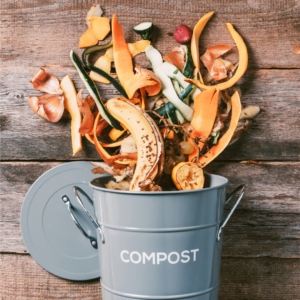
California Compost Law of 2022
And now there’s actually a law in our great state that forbids trashing food scraps without separating them in proper receptacles. It’s the California Compost Law of 2022. NPR aired a podcast segment on the law. The ruling shines a light on nonchalantly trashing the food people decide not to eat and instead throw in the garbage. We now know it’s a real no-no.
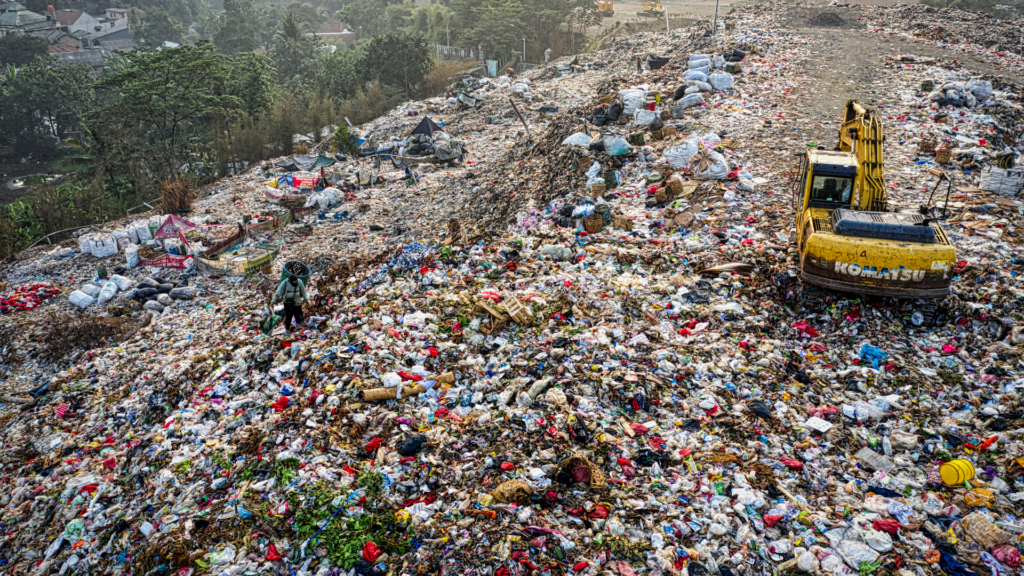

Getting a composter
I had a recent inspiration to buy a composter — a machine that eliminates the work, mess, and odor associated with the standard compost bin. While I’m still in the setting-it-up stage, (it’s a large appliance that requires me to rethink our counterspace usage and access to an electrical outlet), I’m excited to put it to work for my family.
Knowing that this device will pulverize table scraps and PSRs is exciting. Even more interesting, we’ll be making nutrient-rich fertilizer to help boost the soil that our fruit trees live in. Plus, how cool is it that we’ll be decreasing the methane gas (a dangerous greenhouse gas that contributes to global warming) that’s created in local landfills from the food dumped in garbage cans throughout our community?
Learn more
Check out this list from Addison County, Vermont (a state 3,000 miles across the country with a similar compost ordinance). Read this Vermont county’s 5 reasons to compost to learn about the incentives attached to adhering to composting guidelines.
Written by Maria Felicia Kelley | 4.24.24
@thenorthcountymoms | @1MariaFelicia
The North County Moms

